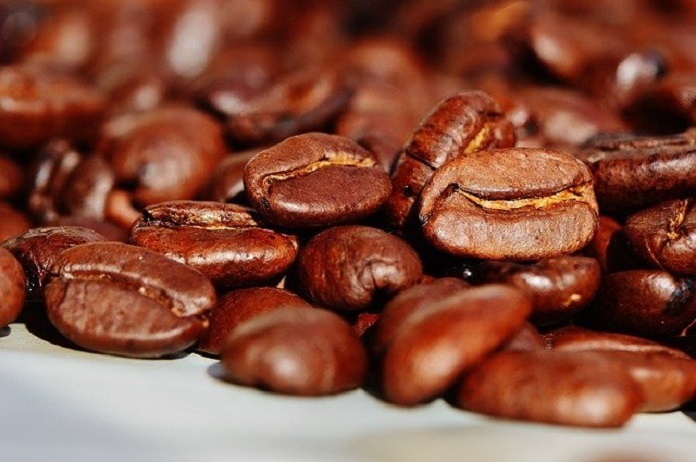Moderate amounts of coffee intake may reduce high blood pressure.
Coffee is a staple of many diets around the world.
As coffee consumption has increased throughout the years, several studies have linked moderate coffee drinking (3-5 cups per day) with reduced risk of cardiovascular disease.
On the other hand, those who are heavy coffee drinkers (more than 5 cups per day) have a higher risk of developing cardiovascular disease than those who do not drink coffee at all.
Cardiovascular disease is often caused by prolonged high blood pressure, which then causes damage to the surfaces of blood vessels.
Chlorogenic acids (CGAs) are a group of molecules found in coffee.
It has been predicted that the CGA content in coffee is what is responsible for the overall benefits seen in the cardiovascular system.
Researchers have yet to identify how coffee and blood pressure are related. A group of experts at the University of Western Australia conducted a study to test the effect of coffee consumption, with CGAs, on blood pressure and heart health.
Twenty-one healthy subjects participated in April-November 2018. They were randomly assigned one of three different doses of decaffeinated green coffee extract (thus containing four different doses of CGAs) or a placebo.
All participants were required to follow a list of suggested foods that had especially low amounts of CGAs.
They were also asked to avoid consuming any coffee, tea, soda, alcohol, or whole-grain cereal one day before the study.
The researchers collected blood samples from participants (in fasted states), and they measured the function of the blood vessel lining. This was done by monitoring the change in diameter of the brachial artery (the blood vessel of the upper arm), using a technique called flow-mediated dilation (FMD).
FMD uses tools, such as ultrasound, to measure how wide or thin blood vessel walls become with increased blood flow. FMD measurements were taken before giving participants a drink and 24 hours after they received it.
There is a link between increasing CGA doses from coffee and blood vessel function.
Blood test analysis showed that CGA amounts changed after drinking different doses of coffee. Different circulating CGA metabolites were also found in the blood.
FMD measurements showed that CGA concentrations within 1-2 cups of coffee, were most effective at improving blood vessel function.
The researchers suggest that improved blood vessel function can be a result of the CGAs from coffee found in the blood.
As a result, blood pressure stays within a healthy range and lowers the risk of cardiovascular disease. Future studies are required to determine the exact dosages of coffee intake and to clarify whether lower doses of coffee are also effective.
A limitation of the study includes the uneven number of participants used—there were 16 males compared to 5 females.
More female subjects are required in future studies to test the effects between coffee and blood pressure.
Written by Melody Sayrany
Relevant topics that may be of interest to you:
- The link between coffee and blood pressure
- In the pipeline: new drugs for high blood pressure
- Can a wireless blood pressure monitor provide continuous blood pressure data?
- Does Intensive Blood Pressure Control Affect the Risk of Kidney Disease?
- Is an unhealthy diet deadlier than smoking and high blood pressure?
- Do High Blood Pressure Medications Improve Patient Outcomes?
References:
- Naylor, L. H., Zimmermann, D., Guitard-Uldry, M., Poquet, L., Lévêques, A., Eriksen, B., . . . Actis-Goretta, L. (2020). Acute dose-response effect of coffee-derived chlorogenic acids on the human vasculature in healthy volunteers: A randomized controlled trial. The American Journal of Clinical Nutrition. doi:10.1093/ajcn/nqaa312
- Image by ?Merry Christmas ? from Pixabay



